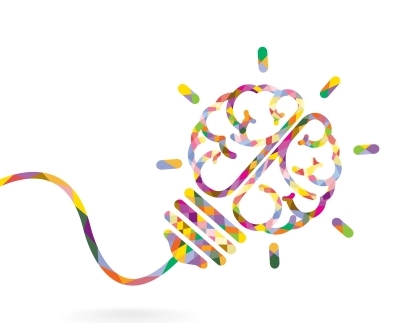
How Is Behavioral Science Influencing Public Administration? (Part III)

Shortly before the massive downpour in the DC area a few days ago, my smartphone and iPad were pinging me with severe weather alert warnings. Were these just false alarms or should I really pay attention? I paid attention and – fortunately – sat tight and didn’t go out into the maelstrom. But why did I decide to pay attention? What made the difference?
My decision may have been influenced by the application of behavioral science insights by meteorologists at the National Weather Service, which has subtly shifted its mission from just predicting the weather to getting people to act on its predictions.
The weather service isn’t the only government agency to begin incorporating insights from behavioral science into their work. In fact, public administration academics and practitioners across the globe are increasingly seeing the value of incorporating some of the techniques of behavioral science into implementers' toolkits for improving the success of implementation of policies.
Paul Battaglio, Paolo Belardinelli, Nicola Bellé, and Paolo Cantarelli, in a recent article in Public Administration Review, observe that “. . . behavioral public administration is experiencing unprecedented momentum.” And its use covers not only different levels of government and different policy arenas, but has three distinct types of uses by public managers:
- It can be used internally within government agencies, with their own employees. For example, to improve employee engagement or encourage better choices in healthcare or retirement decisions.
- It can be used internally to improve the way policy and program decisions are made. For example, choice architecture can improve budgeting decisions as well as negotiation and conflict management
- And it can be used externally, with agency customers.For example, to increase compliance with regulatory or tax policies, or to reduce improper payments.
This newly-defined field has distinct intersections with related areas such as evidence-based decision making, program evaluation, data and analytics, and performance management.
What Is the Academic Field of “Behavioral Public Administration?” Behavioral public administration is an emerging new sub-field in academia. Battalgio et al, in their review of the literature, trace back a series of academic articles on the use of behavioral insights in public administration to the works of Herbert Simon, Daniel Kahneman, and Richard Thaler over the past 50 years.
So, while the concepts of behavioral public administration itself are not new, their recognition as a coherent body of literature and a set of policy tools is more recent. As Battaglio et al, explain it: “Behavior science illuminates the gap between how people should behave and how they actually behave, thus moving beyond traditional models of full rationality in decision making.” This includes:
- Focusing on understanding how public decisions may predictably go wrong.
- The explicit recognition that cognitive biases systematically affect public policy and management decisions.
- An appreciation for nudging and choice architecture as useful tools for altering the behaviors of citizens and government workers.
- The persistent use of data, evidence, measurement, and testing of various options to ensure they are relevant to the population and policies to which the tools are being applied.
How Are Practitioners Applying Insights from Behavioral Science? Public managers are actively experimenting in a wide range of policy arenas in applying the principles of behavioral science across the globe. Together, they demonstrate a robust degree of experimentation ongoing in the newly-defined field of behavioral public administration.
The United Kingdom is credited with creating the first “nudge unit” in government in 2014 – the Behavioural Insights Team. The use of such teams quickly spread to other countries. The World Bank conducted a study earlier this year describing how ten different countries established their own nudge units and how they operate.
Separately, the Paris-based Organization of Economic Cooperation and Development surveyed its member countries in 2017 to understand their use of behavioral insights to inform policies across different policy areas. It cataloged about 100 case studies across a wide range of policy areas, including consumer protection, energy, environment, health and safety, and telecommunications.
In addition, a loose network of practitioners has created the Behavioral Evidence Hub -- an on-line inventory of specific case examples that are organized geographically, by policy arena, and by the different types of behavioral tools employed.
In coming blog posts, I’ll provide examples of how behavioral science insights are being applied in the U.S. at the federal, state, and local levels to improve policy implementation and service delivery.
* * * * * * *
Note: Here are links to related posts on this topic:
Part I: How Can Behavioral Science Improve Program Outcomes?
Part II: What Are Some Basic Behavioral Science Concepts?
Part III: How Is Behavioral Science Influencing Public Administration?
Part IV: Using Behavioral Science to Improve Federal Outcomes
Part V: Using Behavioral Insights to Reduce Miner Injuries
Part VI: Nudge in the City: Behavioral Science in Government
Part VII: Creating a Critical Mass of Talent and Resources in the Use of Behavioral Science in Government
Part VIII: Behavioral Science: A Revolutionary Potential for Government?
Graphic Credit: Courtesy of chatchai_stocker via FreeDigitalPhotos.net



